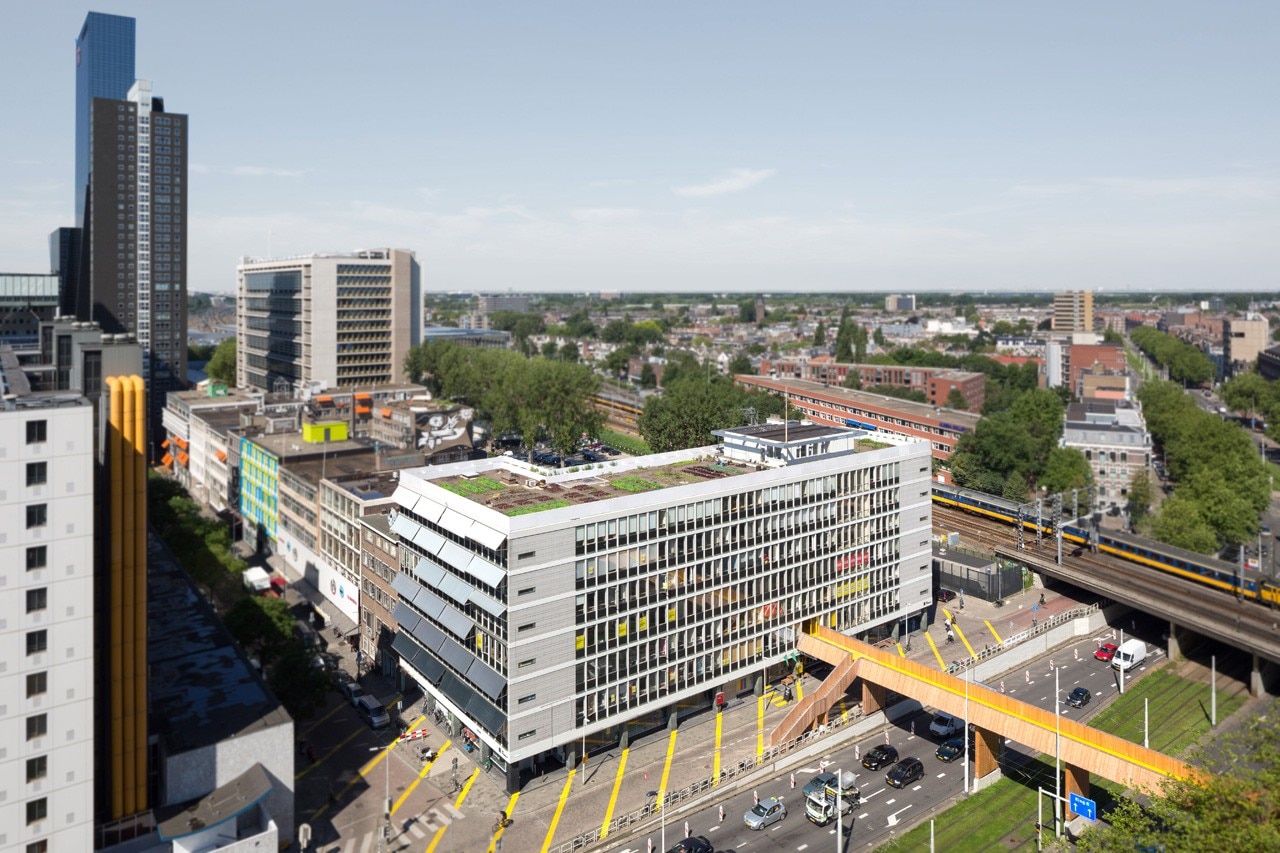Unlike the bulky remnants of the industrial age, though, these relics of the present retain the functional flexibility described by Koolhaas, albeit their connection with the market has become more complex.
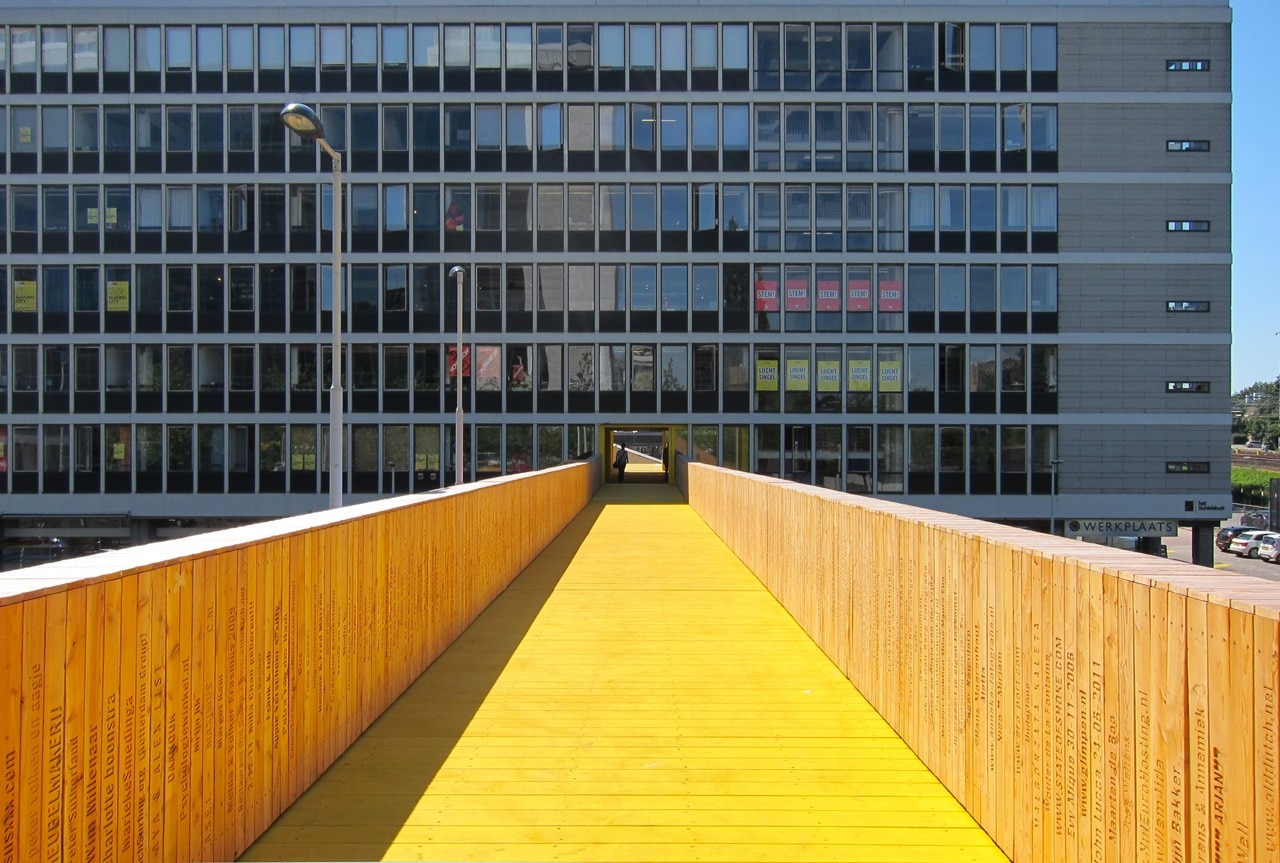
To fend off squatters from re-occupying the buildings, in fact, the Dutch have come up with a solution called anti-kraak (anti-squat): vacant properties are rented for a cheap price to tenants that stay ready to leave on very short notice. As a win-win solution for both owners and (non-uptight) renters, the anti-squat formula is spreading out to Belgium, France, Germany and the UK. But the research around new formats goes beyond that.
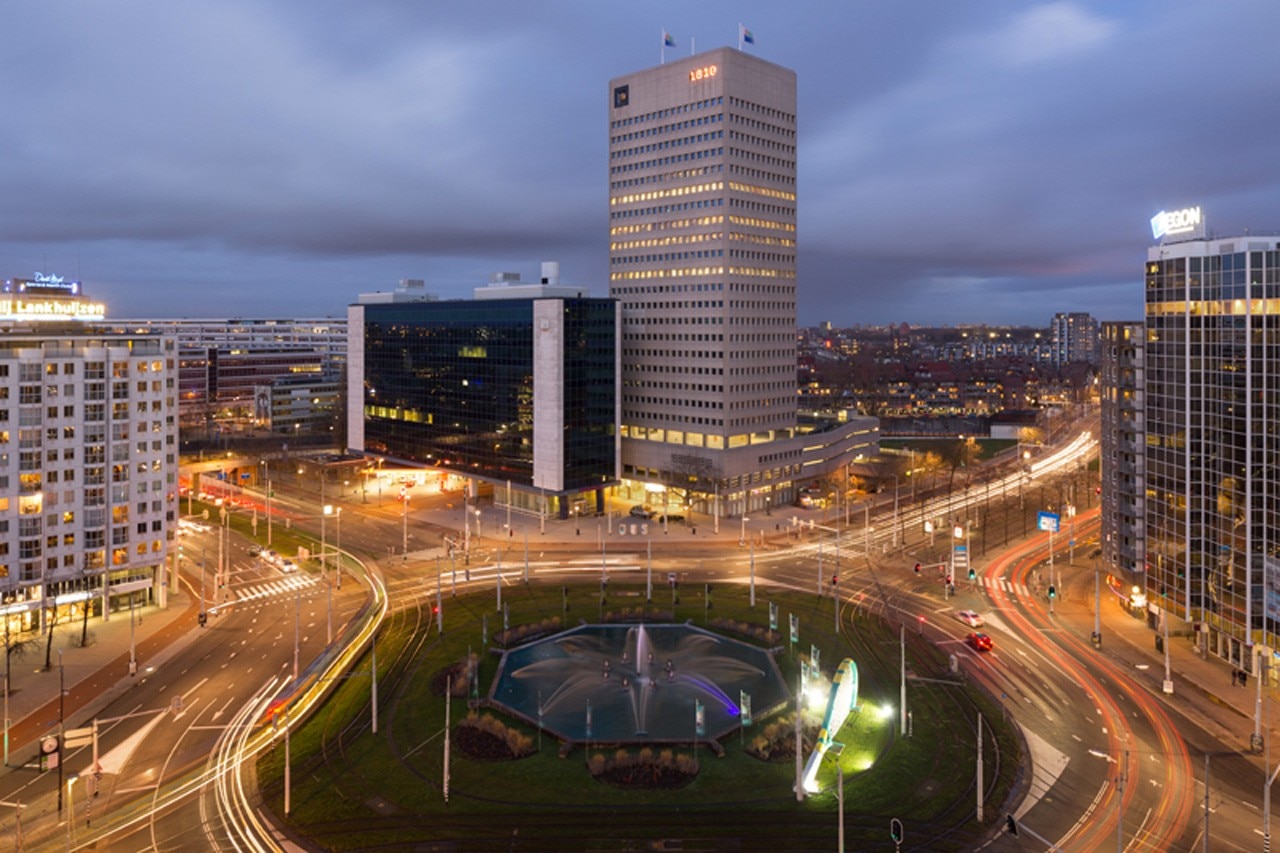
Putting Buildings in the Snooze
Rotterdam, Central District. When Elma van Boxel and Kristian Koreman came to town to found ZUS [Zones Urbains Sensibles][www.zus.cc/] in 2001, they were attracted by the low density and the vast space for experimentation it entailed. It turned out the space was even too vast. After moving into the building now known as the Schieblock, right by the central station, they were shocked to find it pretty much empty. “At the time the Schieblock was just an investor's object with no name” Kristian explains to me via Skype. “We were alone with our 800m2 office in there, apart from maybe other four tenants.” They paid a mere 100€ a month to keep the gas running and, if the owners changed their mind, had to be ready to disappear on cue. “This is what we call putting buildings in the snooze,” says Kristian.
Experiencing the paradox of a huge empty box first-hand made the ZUS guys curious about the system. “We noticed that most of these anti-kraak organizations are part of development companies.” In fact, proving there was clearly a gap between investor interests and local needs, a new plan for even more office space was launched in 2007, despite the existing vacancy contributed to the neighborhood's bad rep. Two years later the councilor put the Schieblock up for demolition, to be replaced by a parking lot that would have made up for some of the developer's financial loss. That's when ZUS started to become an active part in the renegotiation of the area.
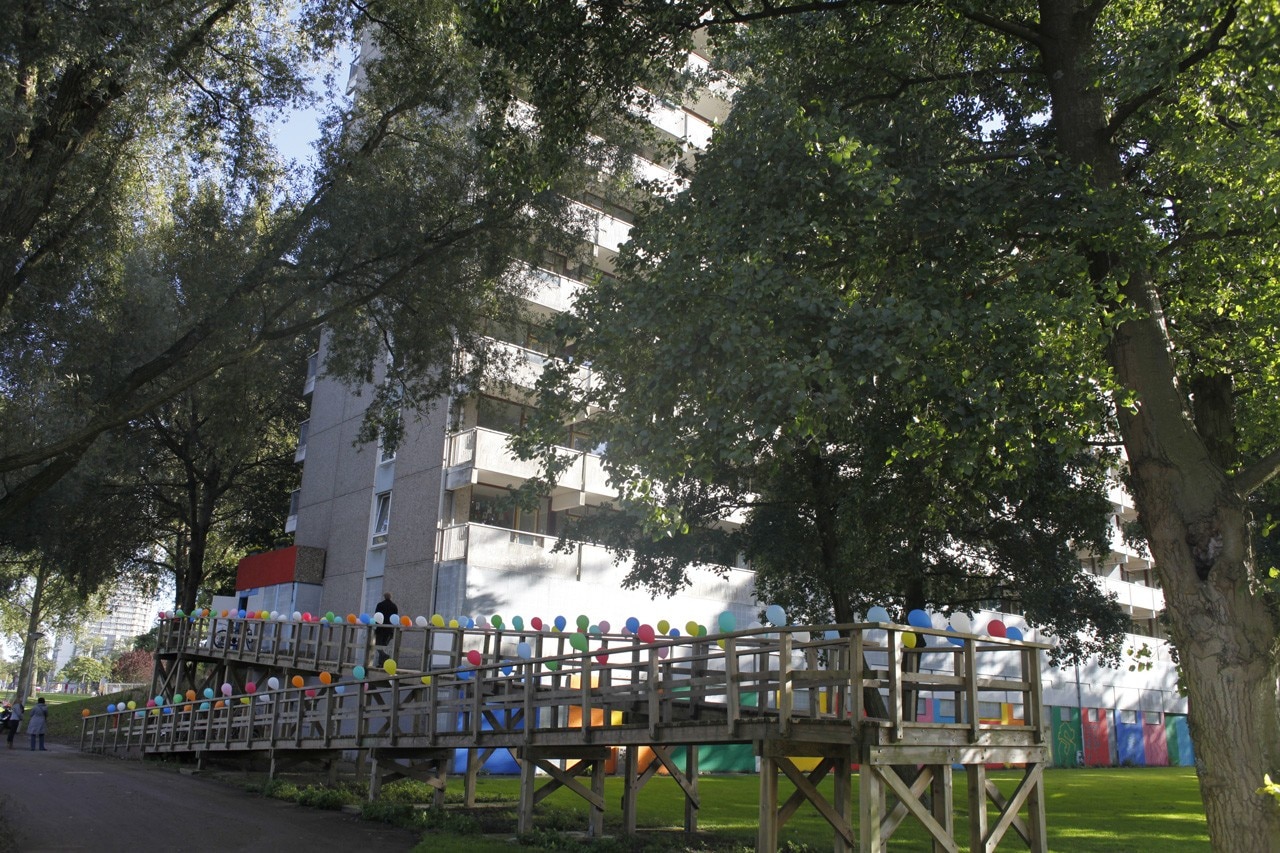
The office teamed up with CODUM, a young urban development studio, and (presenting Exel sheets rather than Autocad models) outlined a five-year business plan proposing the building as an urban laboratory. “Eventually the developer said OK, but they didn't want anything to do with it.” So, taking all the financial risks and setting up a micro-credit system with the owner, the municipality, and the contractors (“To this day we haven't seen one euro ourselves”), they unlocked and re-branded the newborn Schieblock for new tenants.
By renting below market price (90€ per m2 versus 200-240) and with longer-term contracts than anti-squat (3 years), Koreman and his partners were able to attract a dynamic crowd of entrepreneurs. Exhibition spaces, cooking workshops, mini-warehouses and dance schools were popping up in the formerly deserted building. And when they left, others took their place.
“It's not just some temporary art project, we really want to make city and demonstrate alternative planning models. We need a cultural shift in real-estate.” That's why ZUS caught the chance to showcase the transformation of the Schieblock and the nearby MiniMall (a former train station turned creative hotspot by the Crimson office) as a Test Site in occasion of the 2012 International Architecture Biennial in Rotterdam.
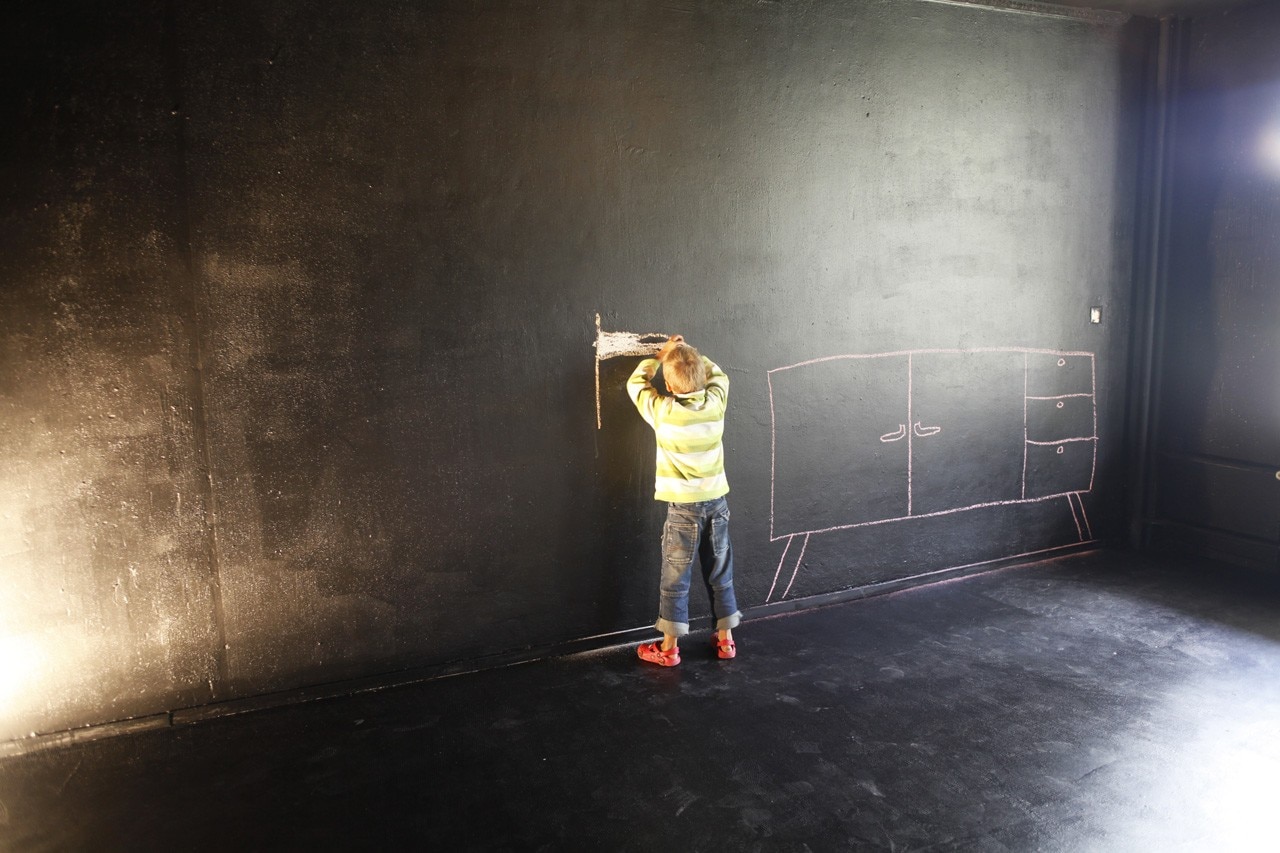
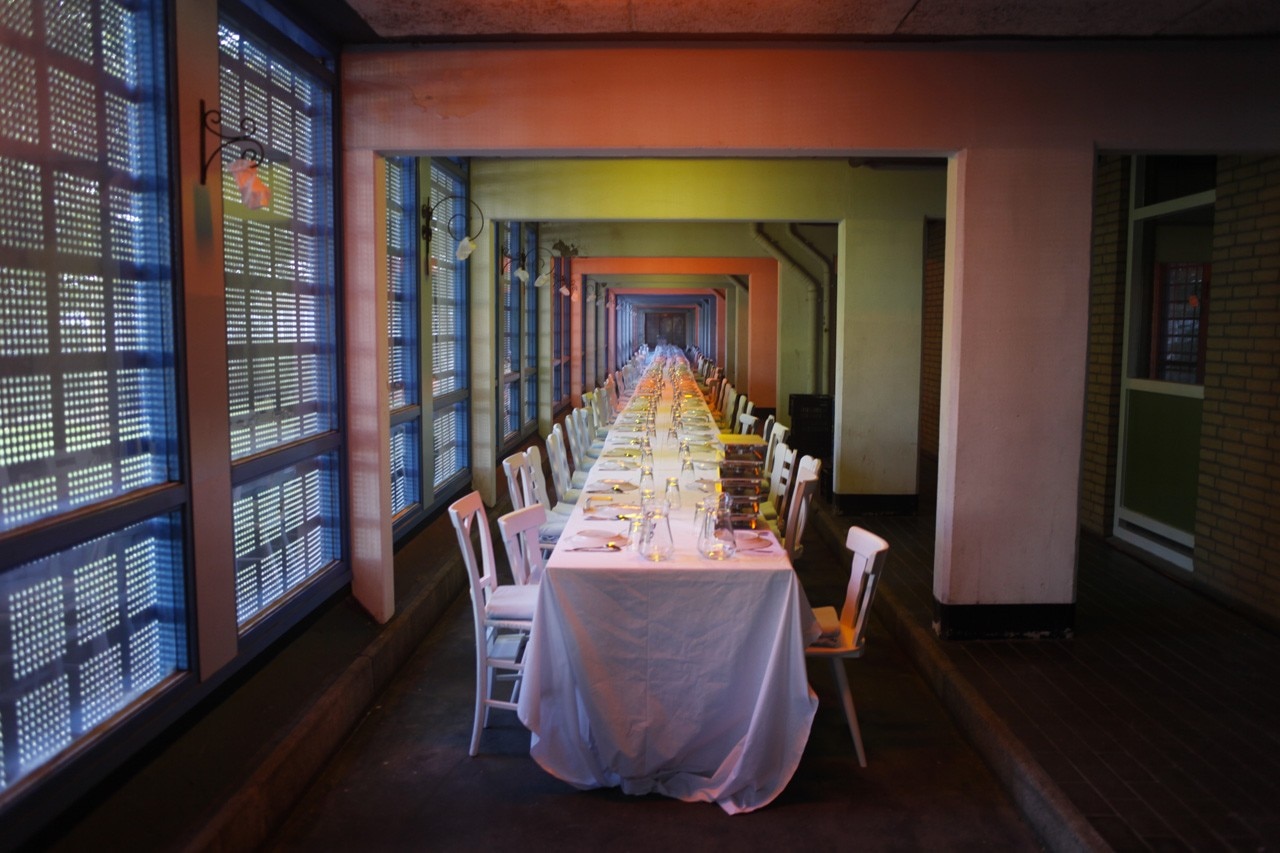
Clockwork Redevelopment
I meet Carolien Ligtenberg of Bureau ZWIRT at the Kleiburg, the most iconic building in the neighborhood commonly referred to as the Bijlmer - the CIAM-inspired vision that, back in the 60s, was meant to champion modernism in the Dutch capital. Like many of its kind, the project went from middle-class heaven to immigrant ghetto, but the formerly infamous neighborhood is now experiencing major redevelopment and a creative resurgence. Unrented for years, the Kleiburg was saved from demolition by a consortium of developers named De Flat. The organization bought the whole complex from the owner (housing corporation Rochdale) at the symbolic amount of 1€, at one condition: selling 70% of the apartments in the first “block” (out of four) within 8 months. A difficult task, but De Flat had an interesting idea: getting rid of the apartments under market price, without renovating them. This saves money, and attracts a diverse range of young families and creatives to the neighborhood.
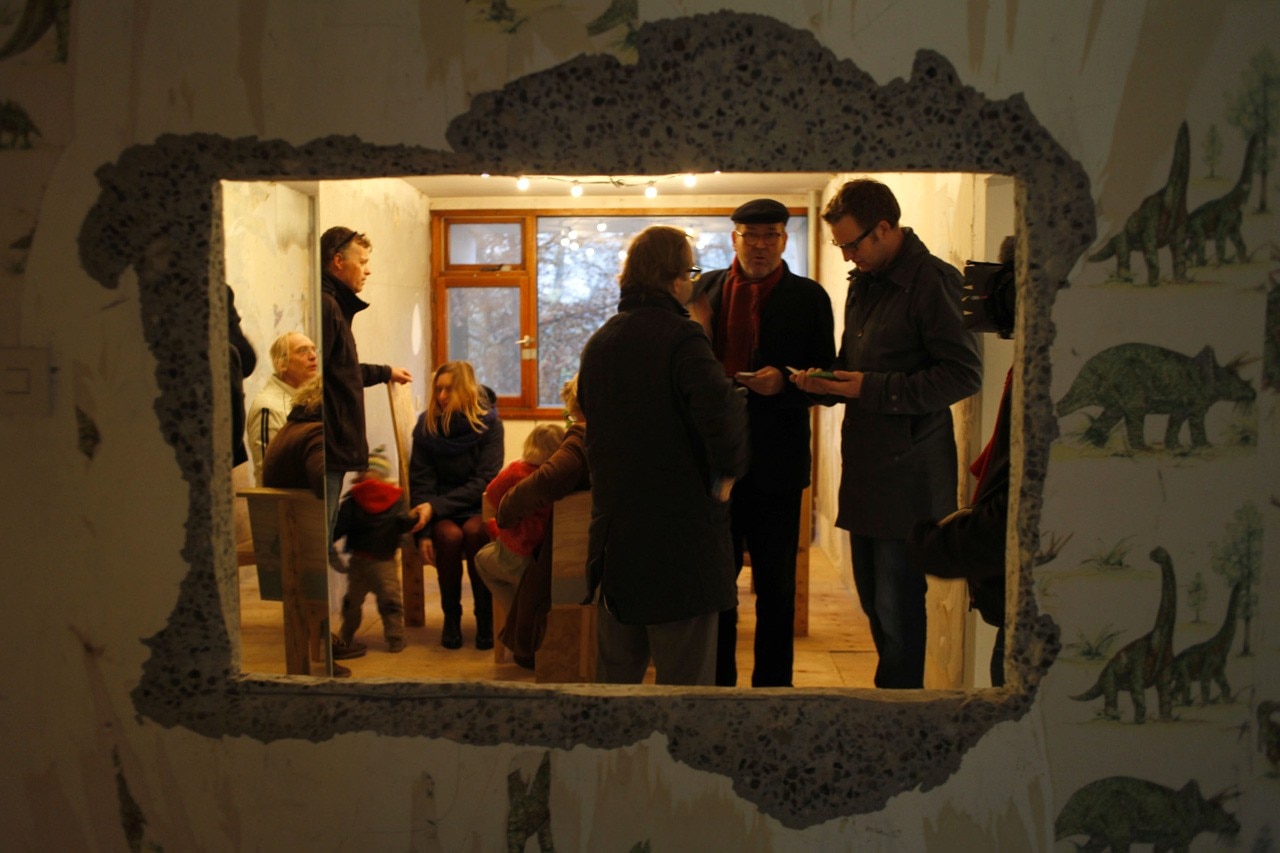
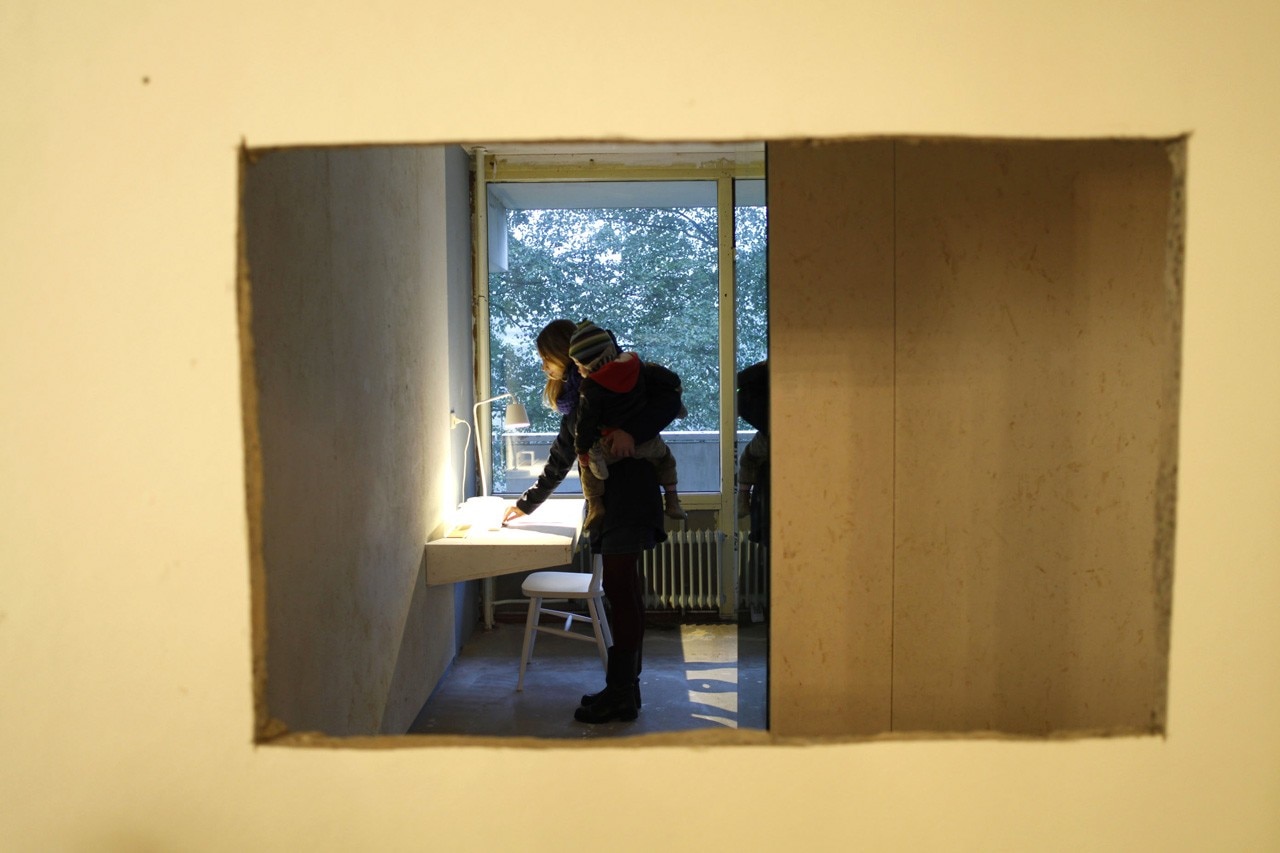
Similarly, to draw attention towards the newly reopened Kleiburg, M.E.S.T. invited a network of designers to propose temporary interior refurbishments of many of the building's apartments, with a budget of 2000€ each. To attract an audience for the interventions and present the architecture in a new light, they also organized events like in-house cinemas and a 40-meter table dinner in the once crime-infested walkways of the building, along with art installations and DJ sets with in collaboration with exponents of the local art scene (which I wrote about here).
M.E.S.T.'s approach proved quite successful, even though Ligtenberg admits at some point the communication office took over and adopted a more commercial attitude towards selling the apartments, installing an IKEA-style renovation model alongside the artsy, low-budget ones set up by the designers.
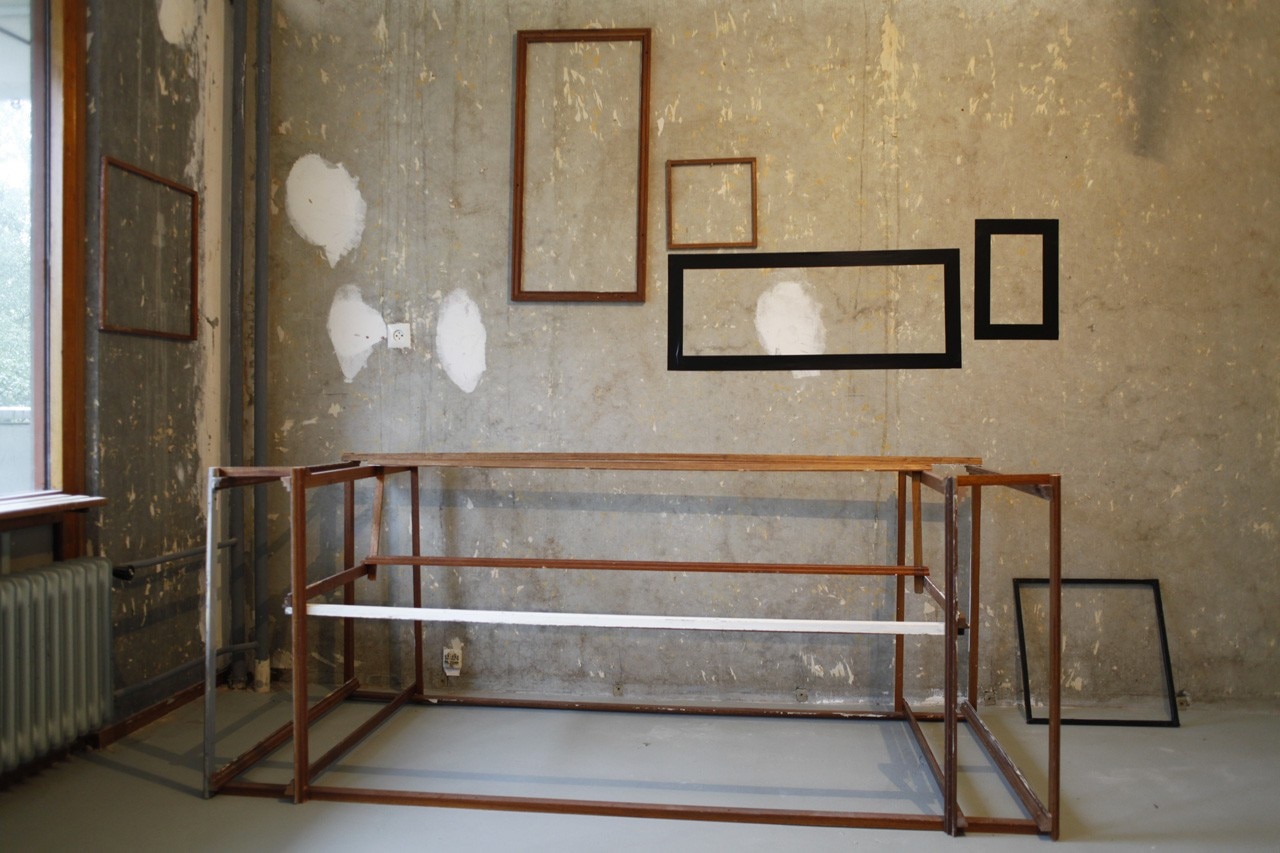
(Two more case studies in the second part, online next week)


